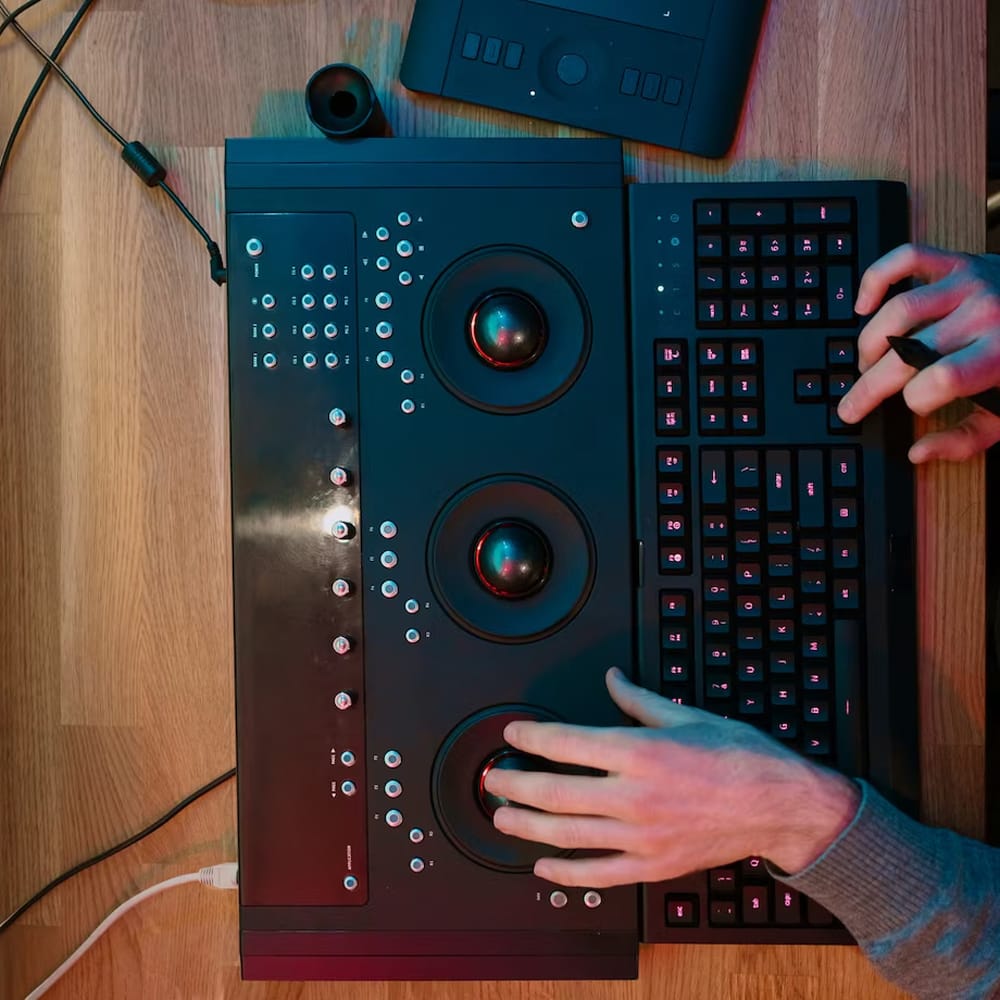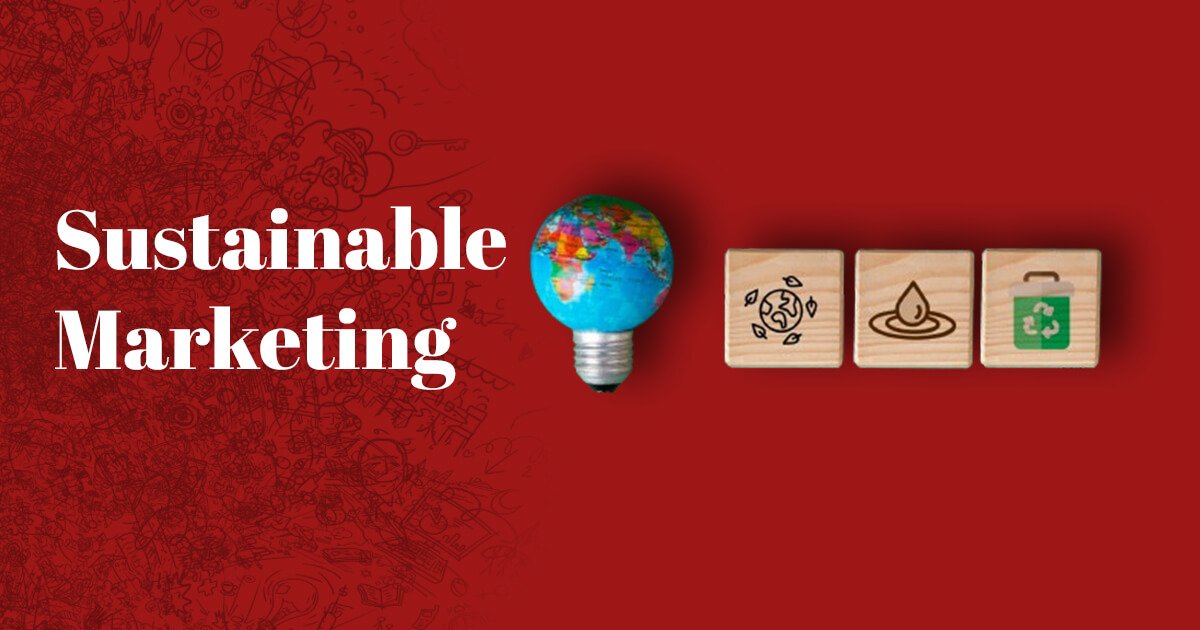What’s the first thing you feel on a hectic Monday when you’ve just missed a deadline and your boss is calling you? You can almost hear Moye Moye playing in your head, right? Or maybe your love language is meme language—every time something happens around you, you instantly hear the sounds of iconic memes like Aayein! or “Babli Tero Mobile”. You don’t even need to listen to the song to visualize the exact action it’s tied to—that’s the power of audio stimuli.
A simple tune or snippet of a song can stay with us forever, often tied to moments we’ve laughed, cried, or shared loving memories. Think about Nokia’s iconic ringtone—90s kids immediately associate it with the joy of owning their first mobile phone. It’s not just a melody; it’s a connection to a time and feeling, proving Nokia’s tagline right: it truly connected people!
Now, imagine using that power of sound for marketing. Surprising, isn’t it? Creative minds—yes, we marketers—are the masterminds behind turning almost anything into a branding element. Who decided the sound of a Coke can opening, that “clitch clitch”, symbolizes happiness? We did!
Sound is more than just noise; it’s an emotional trigger. According to Spotify’s 2021 Culture Next Report, 63% of millennials and 65% of Gen Z feel that audio is the most immersive form of media. This undeniable connection to sound has made sonic branding a crucial aspect of modern marketing.
So, what exactly is sonic branding, and how do marketers make it work? Let’s dive in with insights from Gr8 Brews, one of the top 5 creative agencies in Kolkata!
A. What is Sonic Branding?
Sonic branding, also known as audio branding, is about creating a comprehensive auditory sensation that resonates with your target audience.Sonic branding is the strategic use of sound elements to define and enhance a brand’s identity. It goes beyond catchy tunes and jingles to encompass rhythms, tones, voiceovers, soundscapes, and even the deliberate use of silence. As Daniel M. Jackson, author of Sonic Branding: An Introduction, states, it’s about creating a suite of harmonious sounds that align with your brand’s core values and messaging.
Think about iconic sounds like the Apple iPhone ringtone or the three-tone NBC chime. These auditory elements instantly evoke the respective brands, demonstrating how powerful a well-crafted sonic identity can be.
B. Why Sonic Branding Matters
Sonic branding taps into the science of sensory marketing, leveraging sound’s ability to evoke memories and emotions. For instance, the sound of waves crashing or a crackling fireplace can transport listeners to a serene setting. Similarly, the right sonic cues can make your brand more memorable and emotionally engaging.
Here are some key benefits of sonic branding:
- Emotional Connection: Sound creates visceral reactions. A Christmas jingle can evoke nostalgia, while upbeat music can boost energy levels.
- Attention-Grabbing: Amid the noise of visual marketing, sound can cut through, capturing attention effectively.
- Familiarity and Trust: Repeated exposure to consistent sounds builds trust and brand recall, fostering customer loyalty.
- Enhanced Engagement: Sonic elements integrated into digital platforms or social media campaigns encourage interactivity and sharing, boosting overall engagement.
C. How Sonic Branding is Done
Sonic branding involves a blend of creativity and technical expertise. Here’s how it works:
1. Understanding the Brand Identity
The first step is aligning the sonic identity with the brand’s core values and mission. For instance, a tech-savvy brand may use futuristic tones, while an eco-conscious brand might incorporate natural sounds.

2. Creating the Sonic Logo
A sonic logo is a short, memorable sound bite that encapsulates the brand’s essence. Think of Intel’s five-note chime or McDonald’s “I’m Lovin’ It” jingle. These sounds are designed to stick in the audience’s mind.

3. Developing a Sound Palette
A cohesive sound palette includes background scores, ambient sounds, and other auditory elements used across touchpoints like advertisements, apps, or retail environments. Consistency is key to reinforcing the brand identity.

4. Leveraging Technology
Modern tools like AI-generated voice overs and 3D audio effects enable brands to create immersive sonic experiences. For example, spatial audio can make digital interactions more engaging.

5. Testing and Iteration
Before full-scale implementation, sonic elements should be tested with focus groups to ensure they evoke the desired emotions and align with brand values. Iterative feedback loops help refine the auditory identity.

D. Why Sonic Branding Connects with Audiences
Sound is deeply ingrained in human psychology. It activates the brain’s emotional centers, making it a potent tool for storytelling and brand communication. According to research by Edison, 73% of the U.S. population aged 12+ listened to online audio in the past month, illustrating how sound has become a central part of modern life.
Additionally, platforms like Instagram reels highlight the viral potential of sound. Brands can create catchy audio snippets or trends that resonate with younger audiences, driving organic reach and engagement.
E. When is Sonic Branding Effective?

Sonic branding is most effective when integrated seamlessly into the overall brand strategy. Here are some scenarios where it can shine:
- Digital Content: Podcasts, vlogs, and video content benefit from consistent audio elements.
- Advertising: Radio spots and streaming ads are prime opportunities to use sonic branding.
- Retail Experiences: Background music or soundscapes in physical stores can enhance the shopping experience.
- Product Design: Audible cues like startup sounds for electronics or click sounds in apps contribute to a holistic brand experience.
- Customer Support: Hold music or notification sounds can reinforce brand identity even in mundane interactions.
F. The Future of Sonic Branding
As audio consumption continues to rise, driven by advancements like wireless headphones and AI-generated voices, the potential for sonic branding is limitless. From metaverse experiences to AR/VR integrations, brands have unprecedented opportunities to push creative boundaries with sound.
G. Sonic Branding in Action
Consider John Lewis’ annual Christmas commercials, known for their emotional appeal and memorable soundtracks. These ads create a strong association between the brand and holiday sentimentality. Here are few examples of sonic branding in India:
1. Airtel’s Signature Tune
Created by: A.R. Rahman
Why it stands out: The Airtel tune is arguably India’s most recognizable sonic identity. Composed by legendary musician A.R. Rahman, the tune debuted in 2002 and has since undergone several iterations to stay relevant. The melody’s simplicity and catchiness make it instantly memorable, whether it’s heard as a ringtone or during commercials.
Impact:
- The tune became the world’s most downloaded mobile music track in its time.
- It reinforced Airtel’s image as a youthful and innovative brand.

2. Titan’s Musical Identity
Created by: A rendition of Mozart’s Symphony No. 25
Why it stands out: Titan adapted a classical piece of Western music to craft its signature chime. This tune evokes elegance, timelessness, and sophistication, aligning perfectly with the brand’s identity as a premium watchmaker.
Impact:
- Titan’s sonic branding is synonymous with luxury and quality.
- Even years after its launch, the melody instantly brings Titan to mind when played.

3. Doordarshan Theme Music
Created by: Pandit Ravi Shankar
Why it stands out: The Doordarshan theme music is deeply rooted in Indian nostalgia. Composed by sitar maestro Pandit Ravi Shankar, the iconic tune evokes feelings of simplicity and authenticity, reflecting the ethos of India’s national broadcaster.
Impact:
- It became a cultural marker for generations who grew up in the pre-cable TV era.
- The tune continues to evoke a sense of patriotism and trust.

4. Britannia’s “Ting Ting Ti Ting”
Created by: Amit Doshi
Why it stands out: The famous “Ting Ting Ti Ting” soundbite is synonymous with Britannia’s legacy in the Indian biscuit market. This playful and short auditory cue aligns with the brand’s family-friendly and joyful image.
Impact:
- The soundbite reinforces brand recall, particularly for its flagship product, Good Day biscuits.
- It appeals to both older and younger generations, maintaining Britannia’s connection with a wide audience.

In a world overflowing with chaotic branding elements, could audio branding be the calm your brand needs? Beyond logos, colors, and fonts, perhaps it’s time your brand had a signature sound that stays with your audience. As a new business owner or MSME, what you might need is a top creative agency to analyze your audience and craft a solution you can see, feel—and hear. This is your sign to connect with Gr8 Brews, one of top 5 creative agencies in Kolkata. Let us help you tune into the sounds of success with sonic marketing. Reach out to us today!





